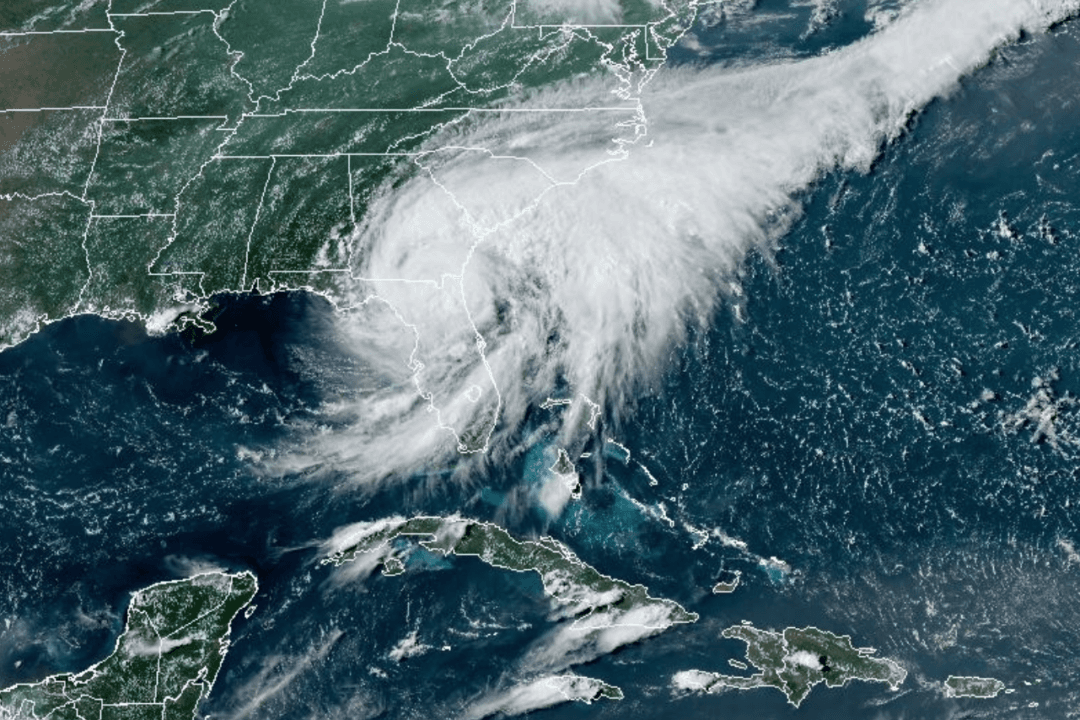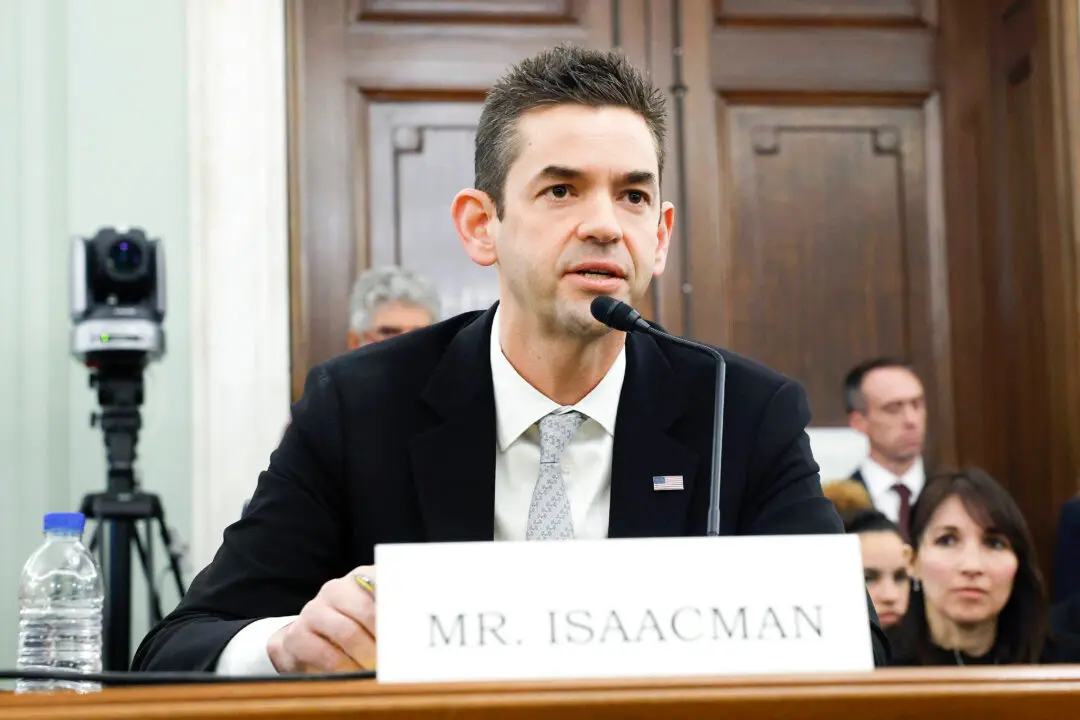TAMPA, Fla.—Tropical Storm Debby crawled toward the Florida–Georgia line on the evening of Aug. 5, less than 12 hours after making landfall in Florida as a Category One hurricane.
Radar and satellite images revealed that its outer bands remained stretched across the southeastern United States, delivering debilitating rain and winds from Cape Coral, Florida, to North Carolina.





